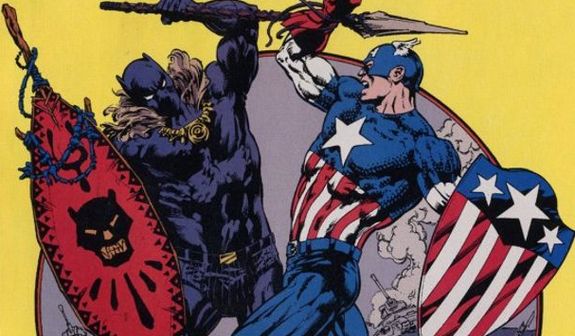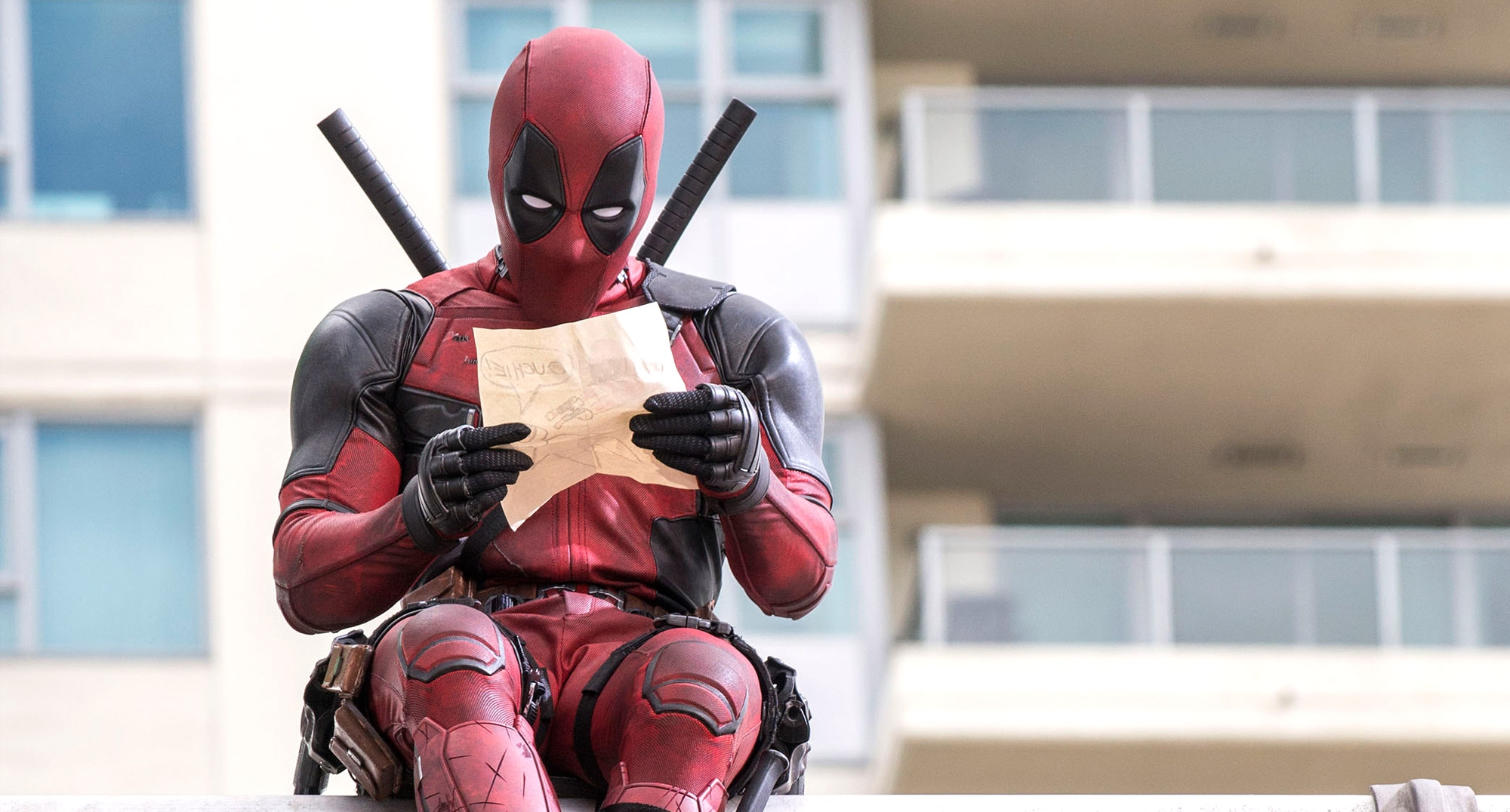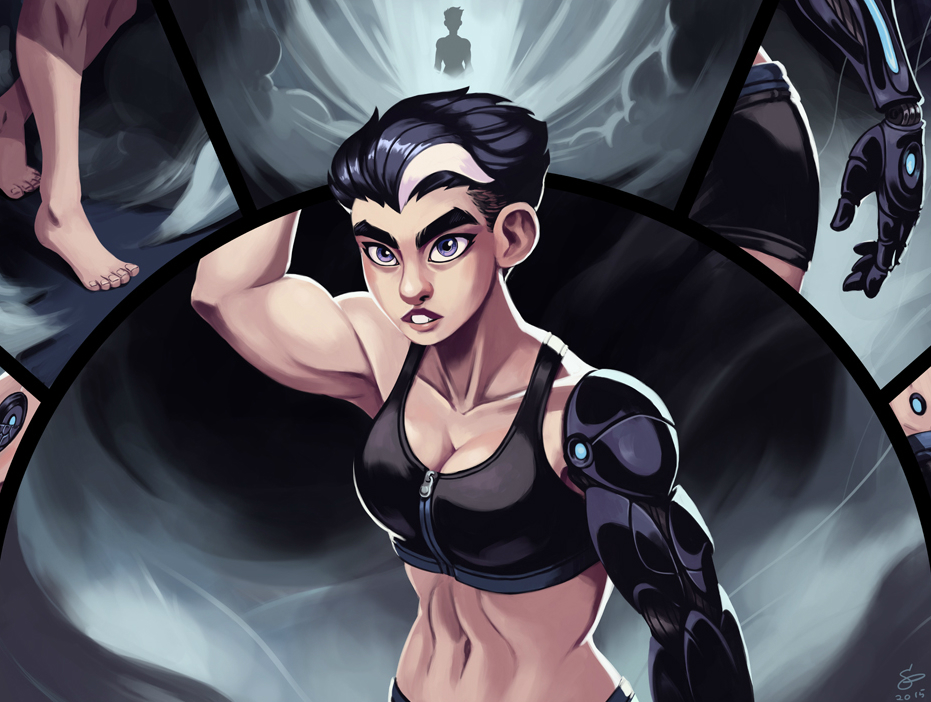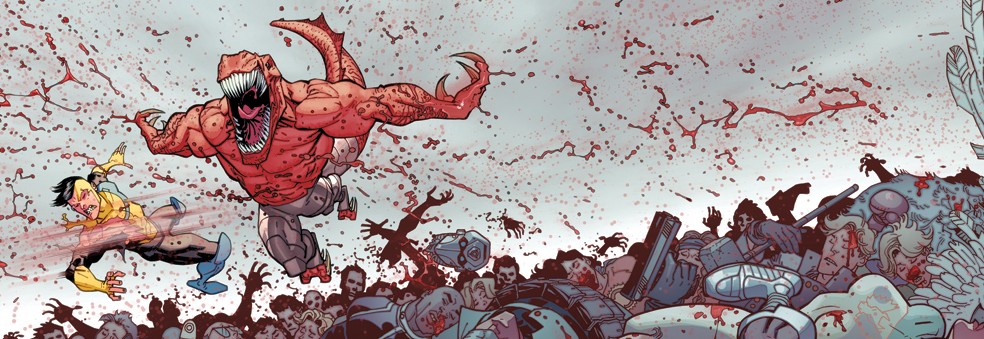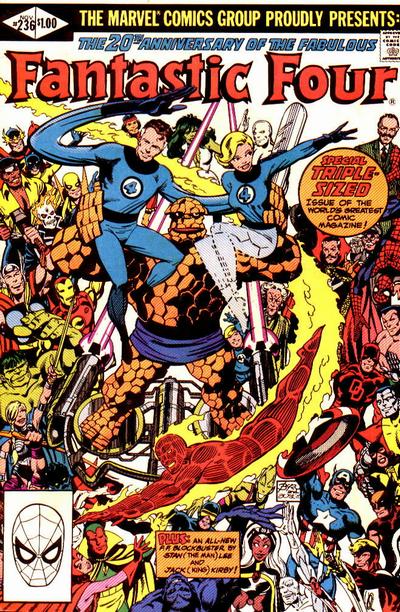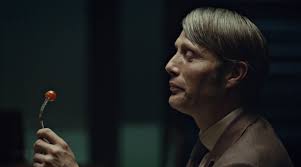
In the history of comics there are multiple historic runs. Runs that over time have become the bench mark standard for that comic and a run that every writer to follow tries to emulate. Chris Claremont’s time on the Uncanny X-Men comes to mind. Marv Wolfman and George Perez’s the New Teen Titans as well or the granddaddy of them all, Stan Lee and Jack Kirby’s historic Fantastic Four run. These runs defined or redefined the entirety of these comic franchises and every subsequent writer has tried to recapture what these historic creators did for the title. Amongst these historic runs we must include Christopher Priest’s Black Panther, a comic that single handedly reimagined who the Black Panther was as well as setting the benchmark for the character and has become the standard interpretation for who the Black Panther is.
I remember fondly when I first read Christopher Priest’s Black Panther. I had been excited when Marvel had allowed Joe Quesada and Jimmy Palmiotti to develop their Marvel Knights imprint, which had allowed them to experiment with Marvel properties and cultivate a new take on long established characters. Arguably the most successful of the Marvel Knight’s imprint was Daredevil, especially as filmmaker Kevin Smith joined Quesada and Palmiotti for the first arc of the series and shot to the top of the sales charts. Yet in the fall of 1998 I would argue the most important Marvel Knight series would be launched as Christopher Priests take on the Black Panther began.

I’d already been a huge fan of the Black Panther. I’d come to love the character while reading the classic Roy Thomas Avengers run and over time had read almost all of his solo and team series, including the unfortunate Jack Kirby take on the character in 1977, by the time that Priest took over the character. Yet even my history with the character did not and could not have prepared me for what Priest did with the Black Panther, and not just the Black Panther but also his home of Wakanda and the religious aspect of the Black Panther Cult rather then just the super heroics usually associated with the character. As Priest stated in past interviews that he believed that the character had been misused since his creation and meant to rectify that. And rectify it he did as Black Panther #1 read like no other Black Panther comic before it.
Black Panther #1 and really the entirety of the Black Panther series under Priest is an interesting non-linear read. The book opens in the most unusual of ways, with our narrator, State Department attaché Everett Ross perched upon a toilet with a gun. The story only gets more interesting from there. Over the course of the issue we delve into economic scandal, inner city America crime, and the political intrigue of Wakanda. For a first issue Black Panther #1 was jarring but so well done I had to continue. It read more as a Political Thriller with super heroics rather than a straightforward super hero comic. The Black Panther himself felt different as well. He felt larger, more important, and tactical. As the series continued all of these themes and traits would become the core tenants of not only the title but also the character going forward. Black Panther became a long game under Priest as it took months and in some cases as few years for plotlines to play out or catch up, as the book did not read in a linear fashion. I would love to see Christopher Priest’s notes for the title, as I would be fascinated to see how he plotted the entirety of the series.

Marvel Knight’s Black Panther was a wonderful blending of old and new. It was clear then and today after I reread the series recently that Christopher Priest did his research and knew every bit of T’Challa’s, the Black Panther’s, history. Anyone who had read the Panther’s adventures during the ‘70s and ‘80s would see some familiar friendly faces, like Wakandan Security chief W’Kabi and T’Challa’s former fiancé, Monica Lynne getting dragged back into T’Challa’s world. Ramonda, T’Challa’s stepmother, introduced during the Marvel Comics Presents Panther Quest storyline grows as a guiding force for our hero and even though a character that predates Priest it is through his work that she really becomes the grace and gravitas of the royal court of Wakanda. There were also longstanding relationships with the Fantastic Four, the Avengers, and Iron Man touched upon throughout the series, the latter that led to some fun corporate intrigue between Wakanda and Stark Enterprises.There’s also before unknown relationships, like those with fellow monarchs Namor and Doctor Doom. Yet within these established and newly established relationships T’Challa took on a different mindset as he was seen as more political and chess like as he had moves upon moves plotted out for every situation that arose. There were many times while reading the series I was struck by how ingenious and manipulative the Black Panther was and as I reread this series the payoffs are just as good today and luckily a new reader doesn’t need to wait months for these payoffs. Priest also played with the fact that the Panther was a king and not every decision he made would be in lock step with the United States of America, nor did the Panther care, as Wakanda was his sole responsibility. Priest also showed the King aspect in a new light and extrapolated on the three aspects of the title Black Panther; King of Wakanda, Chief of the Black Panther Tribe, and Religious Icon of the Black Panther Cult.

Yet Priest added new characters as well, most notably Everett Ross the State Department official tasked with being T’Challa’s handler while in the United States who somehow is drawn into the world of the Black Panther and is crucial to the series as a whole as he is often the POV character for the reader. Priest also introduced the order of the Dora Milaje, the female bodyguards whose duty is to protect the King. It’s impossible today to imagine the Black Panther without the Dora Milaje, but they did not exist until Priest took over the character. Along with the Dora Milaje we also are blessed with the newest member of their order, Queen Divine Justice, child of Wakandan parents who immigrated to Chicago prior to Queen’s birth. Priest also introduces an unknown adopted brother, Hunter, who went on to become the White Wolf and head of Wakanda’s brutal secret police, the Hatut Zeraze that became a thorn in T’Challa’s side. Luckily these additions never felt forced and today they feel a part of the Black Panther legacy as if they have been there since the character was introduced in Fantastic Four #52 in 1966.

Priest also mined the past for many of the antagonists of his series, most notably Erik Killmonger and my all time favorite Black Panther foe the Man Ape. Both of these long time Panther villains motivations are redefined, are shown in a new light, and actually become more sympathetic as Priest delves deeper into Wakandan political and religious history, which became one of my favorite aspects of the series. I loved how Priest reimagined the Black Panther identity as more of a religious icon rather then superhero. He also delved into how the Black Panther cult came to power and the impact that has had on the other tribes and cults within Wakanda, most notably the White Gorilla Cult. Priest also answers the question of why Jack Kirby’s Black Panther comic of the ‘70s made no sense in continuity or character. I wasn’t expecting to see the time traveling golden frogs or the gray clad Panther but once he appeared I was thankful that the lingering questions I didn’t know I had were finally cleared up.

I adored Christopher Priest’s Black Panther. It still is one of my favorite titles ever published, especially the extended run that Priest had with Sal Velluto and Bob Almond whose artwork was so beautiful and fit perfectly with the stories being told. Marvel Knights Black Panther went on to just be Black Panther with issue #14 as it was merged into the mainstream Marvel Universeand luckily survived for an extended run, lasting for 62 issues. I was sad when it went away, even more so when it was replaced and the Black Panther seemed to loose some of the edge he had under Christopher Priest or rather everyone was trying to write their version of the Priest Black Panther. As we near the release of the MCU Black Panther it’s obvious that the work of Christopher Priest’s on the Black Panther is heading for the movie theaters. From the introduction of Everett Ross in Captain America: Civil War, which I’ll be honest made me giddy, to the obvious Priest influences in the released trailers with the Dora Milaje and the conflict with Erik Killmonger as the main movie antagonist. I hope that any fan of the Priest run will be satisfied with what will be released in mid-February. And anyone unfamiliar with this run, do yourself a favor and delve into this wonderful, ground breaking, and redefining run on the Black Panther.

